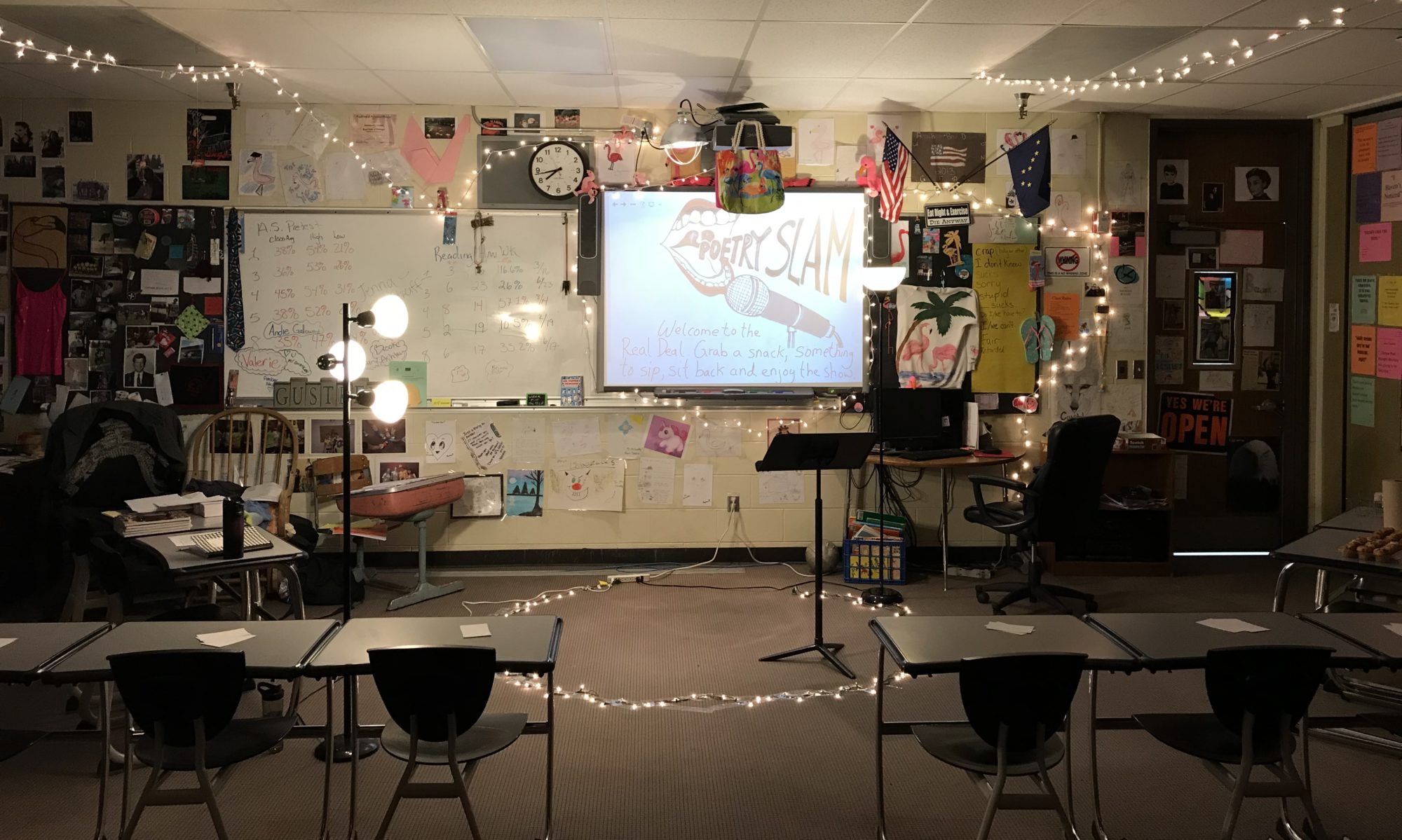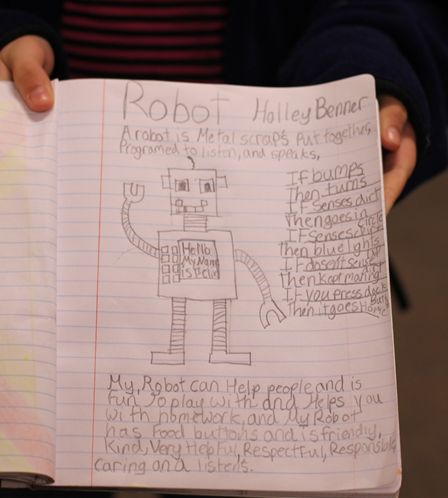The air was as crisp as the tall, dry grass that we waded through on the April day that my physics class took our long-awaited field trip. Our science teacher, Mike Hellings, was talking as he walked about how cool this experiment was going to be. The tall, curly haired teen named Kenny was striding next to him holding a U-shaped piece of five-foot long grey PVC piping. There was black sharpie writing on it, in a jagged-looking font: POTATO BLASTER 5000.
I was struggling to haul the steel tank of compressed air behind them. Who knew oxygen could be so heavy? The calculations were complete, the trajectories checked against our best estimates for air resistance and wind. When we arrived at the school’s 100-yard sports field, I felt a breeze on my face. Hmmm… I wondered. So that is what 10 kilometers per hour gusts feel like.
Mike knew what he was doing when he invited Kenny to bring his pneumatic “potato cannon” into class. The chapter on projectile trajectory was “Ripe for demonstration!” according to Mike, and calculating the forces, parabolic arcs, and friction of the potato ammunition was work for “Serious physicists”. He could not contain his excitement when Kenny brought the thing in. When I think back on Mr. Hellings, mostly I remember his enthusiasm– his smiling acceptance of all our ideas and personalities.
As a pre-service teacher, I see now that Mr. Hellings was validating a student’s independent investigation. He was building a classroom culture where our personal interests in science and engineering were recognized and valued. He kept his planning flexible to capitalize on opportunities that students presented to him. After reviewing the NSTA standards, it’s clear to see he was a master science teacher (NSTA, 2002).
My teaching philosophy echoes his understanding: Focus on relationships and classroom culture. Be sensitive to the deep interests of my students. Laugh often and find excuses to blow stuff up (safely!).
My approach to science education is informed from my work as a summer camp trip guide. We used 5E lesson plans and methodology, and I was impressed with the results. The 5E’s (which stand for Engage, Explore, Explain, Elaborate, and Evaluate) brought me back to my high school days (BSCS, n.d.). These lessons are hands-on and student-led. With preparation, a 5E lesson will inspire genuine discovery and leave your hands free to help differentiate instruction to higher-need students.
The 5E model specializes in activating prior knowledge with students (Barufaldi, 2002). It’s important to set up this foundation that future learning will rest upon. By design, the teacher offers formal vocabulary and concepts half way through the lesson after the student has had a chance to put the phenomena in their own words. Science is a language, and immersion learning works best (Ates, 2011).
To demonstrate my understanding of science pedagogy, I have included a 4th grade STEM lesson on robots and programming in my portfolio. The lesson opens with personal journaling, moves on to whole-class observation of a Roomba vacuum robot, and ends with a challenge: reverse-engineer the programming statements that the robot is using.
The lesson was a big hit. I hope that some of the students felt the same way that I did sitting in physics class 15 years ago: That science class is where the awesome stuff happens.
References
Ates, O. and Eryilmaz, A. (2011, June). Effectiveness of hands-on and minds-on activities on students’ achievement and attitudes towards physics. Asia-Pacific Forum on Science Learning and Teaching, 12(1), 1.
BSCS. (n.d.). BSCS 5E Instructional Model. Retrieved July 9, 2018, from https://bscs.org/bscs-5e-instructional-model
Barufaldi, J. (2002, July). The 5E Model of Instruction. Retrieved April 25, 2017, from http://www.wisd.org/users/0001/docs/GVC/5E%20Model.pdf
National Science Teachers Association – NSTA (Ed.). (2002, July). NSTA Position Statement. Retrieved April 25, 2017, from http://www.nsta.org/about/positions/elementary.aspx

